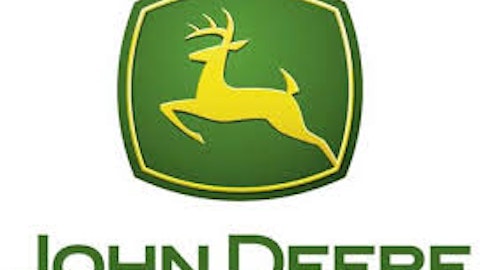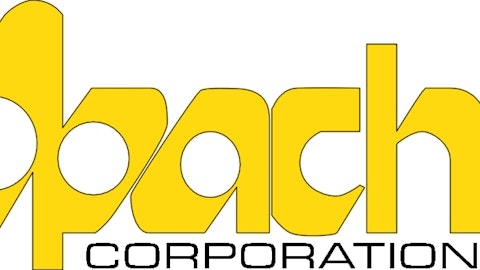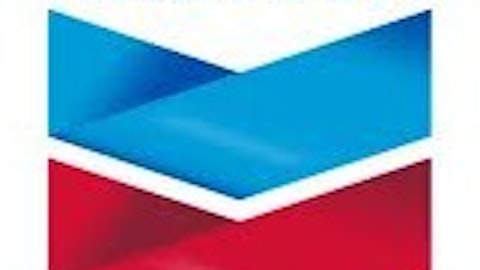With my 3M Co (NYSE:MMM) example, I provide the following FUN Graph which plots assets per share (atps) and common equity per share (ceqps) also known as book value. Once again we see an example of a company that was and remained fundamentally healthy prior to and right through our last two recessions. Consequently, 3M Co (NYSE:MMM)’s price collapse in 2008 created a great margin of safety and an incredible opportunity to invest in their shares.

Before I leave my dividend growth examples and move on to pure growth, I feel it’s appropriate to add that the growing dividends provided by both of these Dividend Champions provide a type of margin of safety in their own right. Even though the prices of these Dividend Champions may have temporarily fallen, the dividend income that their shareholders received continued to grow.
The reader should also recognize that every time a dividend is paid, their capital at risk is technically reduced. This provides one more level of risk mitigation that a margin of safety provides. This coincides with the famous Will Rogers quote: “I am more concerned with the return of my money than the return on my money.” Consequently, astute investors focused on yield over price volatility, are additionally provided the emotional support needed to fight emotional risk.
High-Growth Stocks
By their very nature, high-growth stocks are rightfully considered riskier than blue-chip dividend paying stocks. Not only do they not provide the safety net that dividends offer, they are also exposed to the difficult challenge of needing to continue growing at high rates in order to reward their shareholders. Consequently, anything that reduces the risk of investing in high-growth stocks is a real plus.
Moreover, in order to participate in the potential high returns provided by a high-growth stock, implies that you must also typically be willing to buy them at higher than average valuations. Where most stocks (average companies) are at fair value when their P/E hovers around a plus or minus 15, very fast-growing companies often command normal P/E’s that approximate their earnings growth rates. Both of my following growth stock examples will illustrate this point.
LKQ Corporation (NASDAQ:LKQ)
For those not familiar with this incredibly consistent high-growth stock, I offer the following excerpt business description courtesy of Capital IQ:
“LKQ Corporation (NASDAQ:LKQ), together with its subsidiaries, provides replacement parts, components, and systems needed to repair vehicles, primarily cars and trucks in the United States, the United Kingdom, Canada, Mexico, and Central America. The company operates through Wholesale—North America, Wholesale—Europe, and Self Service. It distributes various products, including aftermarket collision and mechanical products; recycled collision and mechanical products; and refurbished collision replacement products, such as heels, bumper covers and lights, and remanufactured engines to collision and mechanical automobile repair industry… The company principally serves collision and mechanical repair shops, new and used car dealerships, and metal recyclers, as well as to retail customers. LKQ Corporation was founded in 1998 and is headquartered in Chicago, Illinois.”
My primary purpose behind providing this example is to point out that during the throes of the Great Recession LKQ Corporation (NASDAQ:LKQ)’s P/E ratio had fallen to 15 (Note: I have added a 15 P/E overlay-the magenta line). Therefore, this considerably above-average growth stock could then have been purchased at the valuation of an average growing business. Moreover, notice that only price was weak during this time while earnings continued to strongly advance. Astute growth investors are always on the lookout for this kind of opportunity. (Note that LKQ Corporation (NASDAQ:LKQ) does not offer a margin of safety at today’s high valuation).






